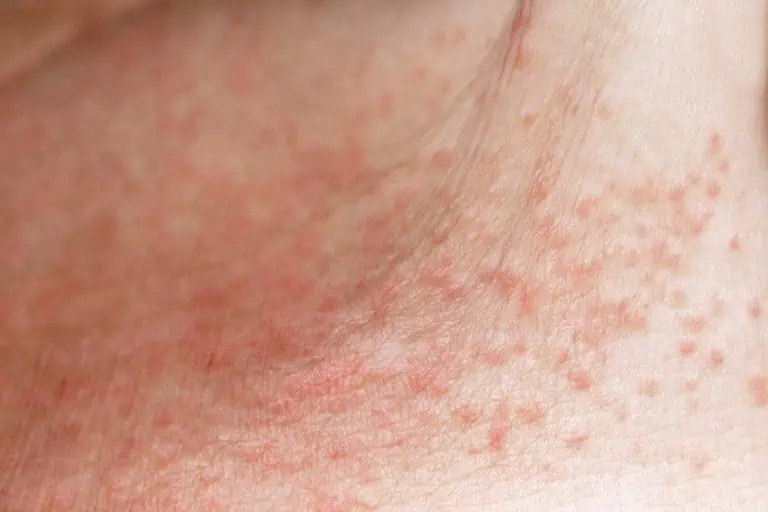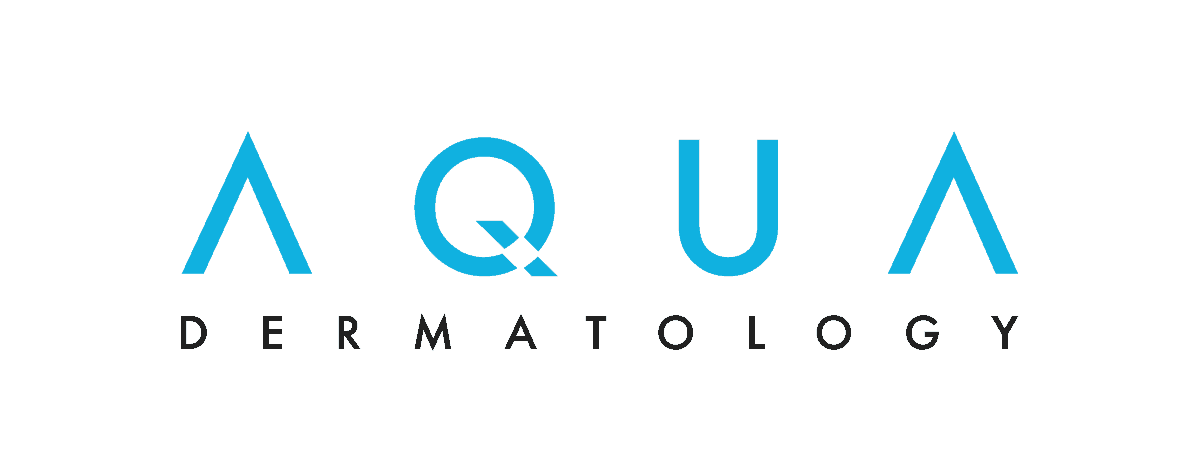How to Get Rid of Heat Rash (Prickly Heat)

Even if you love hot weather, baking temperatures don’t seem quite as enjoyable when you develop heat rash, also known as prickly heat. How to get rid of heat rash? It typically goes away on its own within a few days. If you need relief in the meantime, heat rash treatment takes the form of cooling the skin and soothing the itching.
What causes heat rash?
Heat rash, or miliaria, happens when sweat ducts and pores become blocked and sweat leaks into the surrounding skin instead of evaporating into the air through the pore. It’s particularly common in infants, whose sweat ducts aren’t fully developed, but adults can develop it too.
Exercising in hot, humid weather is one trigger. A high fever is another. People who sweat a lot or take medication that increases sweating may be especially vulnerable. Wearing tight clothes adds to the problem.
What does heat rash look like?
Heat rash symptoms vary depending on the type of heat rash you have. The rash can develop on the arms and legs, the armpits, the neck, the torso and anywhere clothing or a diaper presses against the skin. It doesn’t usually affect the face.
Miliaria rubra
The most common form of heat rash, miliaria rubra, causes small, red, blister-like bumps. It can produce significant itching and a prickly sensation, both of which may get worse when you sweat. In some cases, the bumps may fill with pus.
Miliaria crystallina
Miliaria crystallina is the mildest form of heat rash. It affects sweat ducts close to the surface of the skin. You’ll see tiny, clear, fluid-filled blisters that burst easily.
Miliaria profunda
A less common form of heat rash, miliaria profunda can be painful because the bumps are larger and develop deeper in the skin. They can be itchy, but they’re flesh-colored, feel firm and look more like goosebumps than blisters. Miliaria profunda usually affects people who have had several episodes of miliaria rubra in the past.
Heat rash treatment
The number one strategy for easing the itching, bumps or blisters is to get out of the heat and stay somewhere cooler and less humid if possible.
Taking a cool shower or bath and placing a cold washcloth or an ice pack wrapped in a towel on your skin can help. If the rash is itchy, apply calamine lotion or an over-the-counter hydrocortisone cream according to the package directions. Taking an over-the-counter antihistamine may also help.
Don’t use heavy skincare products or talcum powder while you recover since these can block pores. Wear light, loose-fitting clothing that won’t rub on the affected parts of your body. Try your best to avoid scratching, which can lead to infection.
For severe cases of heat rash, see a dermatologist, who can prescribe stronger medications to soothe itching and pain. If an infection develops, you may need topical or oral antibiotics. Signs a heat rash is infected include skin that’s warm to the touch, a white or light coloring over the rash, flaking skin, pus that oozes from the rash and boils.
How long does heat rash last? On average, most cases clear up after three or three days.
How to prevent heat rash
To reduce your risk of developing heat rash, follow these tips.
- When possible, limit the amount of time you spend in hot, humid environments.
- Choose light, loose-fitting clothes. Avoid wearing synthetic fabrics that don’t allow skin to breathe.
- Try to exercise during cooler times of day and wear moisture-wicking workout clothing.
- Drink plenty of fluids.
- Take cool showers or baths on hot, humid days.
Medically reviewed by Andrew Jaffe, MD, FAAD
Written by Jessica Brown, a health and science writer/editor based in Nanuet, New York. She has written for Water’s Edge Dermatology, Prevention magazine, jnj.com, BCRF.org, and many other outlets.


